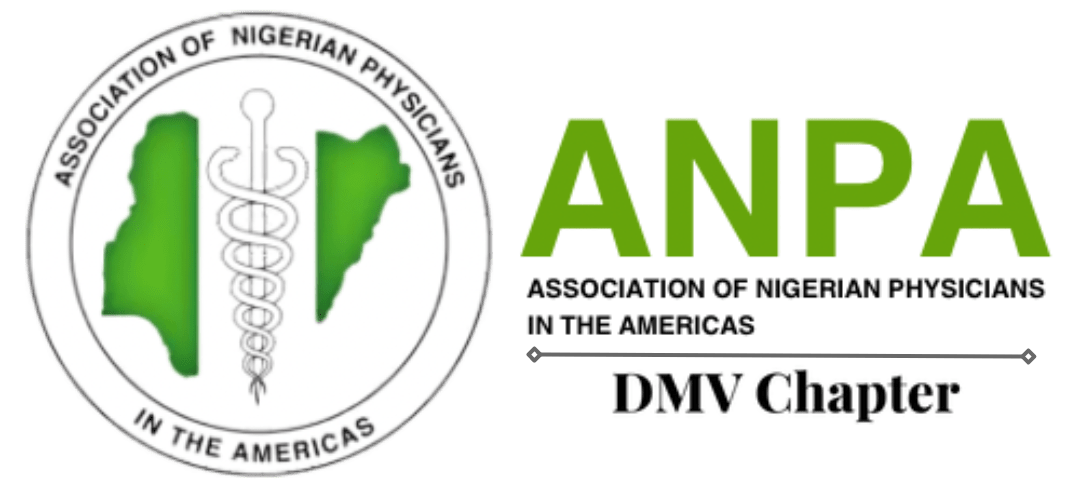
The Future of Eye Health: A Growing Challenge and Technological Solutions
The landscape of eye health is undergoing dramatic changes as we approach 2050, presenting both challenges and opportunities in vision care.
The Global Vision Crisis
Vision loss is emerging as a critical public health concern, with projections indicating a 55% increase by 2050, potentially affecting an additional 600 million people worldwide. This surge is primarily driven by two key factors: demographic shifts and lifestyle changes. The global population aged 65 and above is expected to double by 2050, while conditions like diabetes and myopia are showing alarming growth rates of 72% and 50% respectively.
Major Eye Diseases on the Rise
The prevalence of common eye conditions is expected to increase significantly:
- Age-related Macular Degeneration (AMD) cases are projected to double by 2050
- Cataract cases will see an 87% increase
- Diabetic Retinopathy is expected to rise by 72%
- Glaucoma cases will likely double, highlighting the critical need for early detection
Technological Innovations in Eye Care
The eye care industry is responding to these challenges with innovative solutions:Advanced Diagnostics
AI-powered diagnostic tools are revolutionizing the early detection of conditions like glaucoma and AMD, enabling more timely interventions and better outcomes.Smart Technology Integration
The introduction of smart eyewear and wearable devices is enabling real-time monitoring of eye health, providing unprecedented access to continuous vision care.Preventive Measures
Modern preventive strategies are evolving beyond traditional approaches, incorporating:
- UV-blocking sunglasses with advanced protection
- Blue light filters for digital device usage
- Smart monitoring systems for early detection
These technological advances and preventive strategies represent our best defense against the rising tide of vision problems, offering hope for better eye health management in the future.
Physician’s Role in Prevention and Care
Healthcare providers have a crucial responsibility in addressing these challenges through several key actions:
Preventive Care: Regular eye examinations must be promoted as the cornerstone of early detection and prevention strategies.
Lifestyle Advocacy: Physicians should actively promote healthy lifestyle choices, including balanced diets and regular screen breaks, to protect eye health.
Healthcare Access: A coordinated effort is needed to improve access to eye care services, particularly focusing on underserved populations through public health initiatives and community outreach programs.

